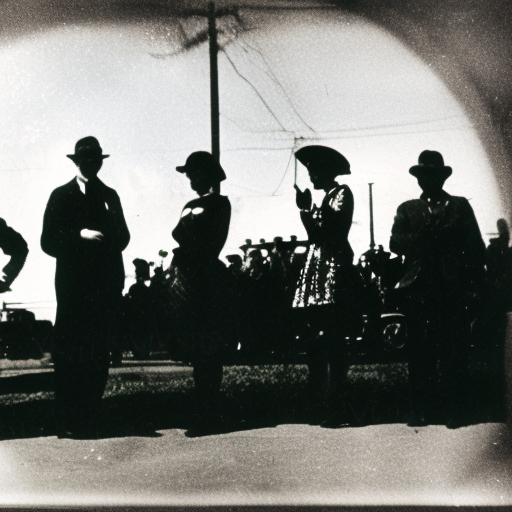Summary:
The Prohibition Era, which lasted from 1920 to 1933, was a period in American history when the production, sale, and distribution of alcoholic beverages were banned. This ban was enforced through the 18th Amendment to the United States Constitution and the Volstead Act. However, Prohibition led to unintended consequences, such as the rise of organized crime, the illegal production and sale of alcohol, and a decrease in government revenue.
Background:
The temperance movement, which advocated for the reduction or elimination of alcohol consumption, gained momentum in the late 19th and early 20th centuries. Supporters believed that alcohol was the root cause of many social problems, including domestic violence, poverty, and crime. The movement gained political influence and eventually led to the ratification of the 18th Amendment in 1919, which prohibited the manufacture, sale, and transportation of alcoholic beverages.
Implementation and Enforcement:
The Volstead Act, passed in 1919, provided guidelines for enforcing Prohibition. It defined intoxicating beverages and established penalties for violations. The responsibility for enforcing Prohibition fell on the Bureau of Prohibition, a division of the Treasury Department. However, the Bureau faced numerous challenges in enforcing the ban, including widespread public opposition and the difficulty of monitoring vast areas of the country.
Impact:
Prohibition had a significant impact on American society. While it was intended to reduce crime and social problems, it had the opposite effect. The illegal production and sale of alcohol flourished, leading to the rise of organized crime syndicates. Gangsters such as Al Capone became notorious for their involvement in bootlegging and smuggling operations. Speakeasies, illegal bars where alcohol was served, also became popular during this time.
Social and Cultural Changes:
Prohibition brought about significant social and cultural changes. Many Americans continued to consume alcohol despite the ban, leading to a decline in respect for the law. The consumption of alcohol became associated with rebellion and defiance of authority. Women, in particular, experienced newfound freedom during this era, as they frequented speakeasies and participated in social events previously dominated by men.
Repeal and Legacy:
As the negative consequences of Prohibition became increasingly apparent, public sentiment shifted towards repeal. The Great Depression further weakened support for the ban, as the government needed additional sources of revenue. In 1933, the 21st Amendment was ratified, repealing the 18th Amendment and effectively ending Prohibition. The repeal of Prohibition allowed the government to regulate and tax the alcohol industry once again.
The Prohibition Era was a significant chapter in American history. It was an attempt to address social problems associated with alcohol consumption but ultimately led to unintended consequences. The rise of organized crime, the illegal production and sale of alcohol, and a decrease in government revenue were some of the outcomes of Prohibition. The era also brought about social and cultural changes, with the consumption of alcohol becoming associated with rebellion and women gaining newfound freedom. The repeal of Prohibition in 1933 marked the end of this controversial period, allowing the government to regain control over the alcohol industry.












